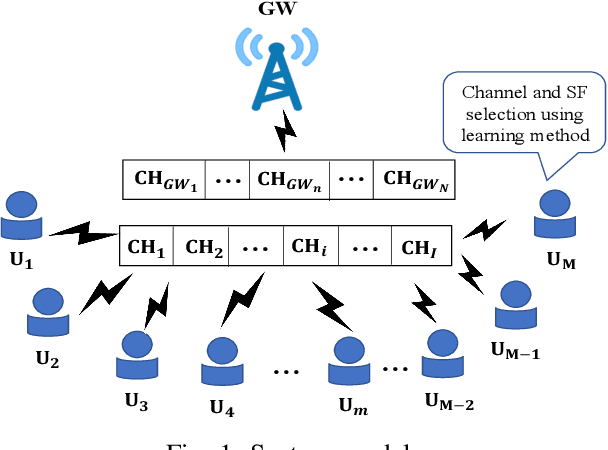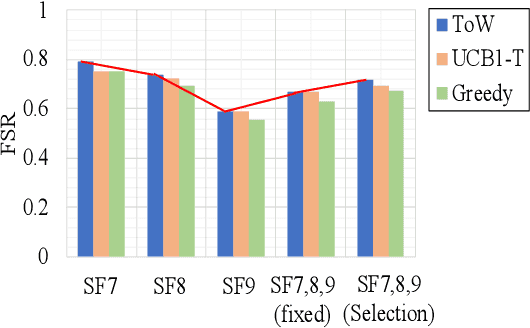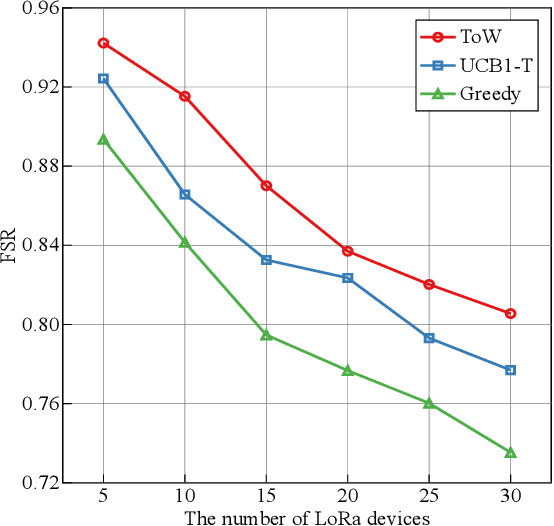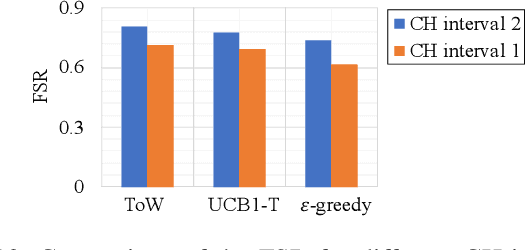So Hasegawa
Multi-Rate VAE: Train Once, Get the Full Rate-Distortion Curve
Dec 07, 2022Abstract:Variational autoencoders (VAEs) are powerful tools for learning latent representations of data used in a wide range of applications. In practice, VAEs usually require multiple training rounds to choose the amount of information the latent variable should retain. This trade-off between the reconstruction error (distortion) and the KL divergence (rate) is typically parameterized by a hyperparameter $\beta$. In this paper, we introduce Multi-Rate VAE (MR-VAE), a computationally efficient framework for learning optimal parameters corresponding to various $\beta$ in a single training run. The key idea is to explicitly formulate a response function that maps $\beta$ to the optimal parameters using hypernetworks. MR-VAEs construct a compact response hypernetwork where the pre-activations are conditionally gated based on $\beta$. We justify the proposed architecture by analyzing linear VAEs and showing that it can represent response functions exactly for linear VAEs. With the learned hypernetwork, MR-VAEs can construct the rate-distortion curve without additional training and can be deployed with significantly less hyperparameter tuning. Empirically, our approach is competitive and often exceeds the performance of multiple $\beta$-VAEs training with minimal computation and memory overheads.
A Lightweight Transmission Parameter Selection Scheme Using Reinforcement Learning for LoRaWAN
Aug 03, 2022



Abstract:The number of IoT devices is predicted to reach 125 billion by 2023. The growth of IoT devices will intensify the collisions between devices, degrading communication performance. Selecting appropriate transmission parameters, such as channel and spreading factor (SF), can effectively reduce the collisions between long-range (LoRa) devices. However, most of the schemes proposed in the current literature are not easy to implement on an IoT device with limited computational complexity and memory. To solve this issue, we propose a lightweight transmission-parameter selection scheme, i.e., a joint channel and SF selection scheme using reinforcement learning for low-power wide area networking (LoRaWAN). In the proposed scheme, appropriate transmission parameters can be selected by simple four arithmetic operations using only Acknowledge (ACK) information. Additionally, we theoretically analyze the computational complexity and memory requirement of our proposed scheme, which verified that our proposed scheme could select transmission parameters with extremely low computational complexity and memory requirement. Moreover, a large number of experiments were implemented on the LoRa devices in the real world to evaluate the effectiveness of our proposed scheme. The experimental results demonstrate the following main phenomena. (1) Compared to other lightweight transmission-parameter selection schemes, collisions between LoRa devices can be efficiently avoided by our proposed scheme in LoRaWAN irrespective of changes in the available channels. (2) The frame success rate (FSR) can be improved by selecting access channels and using SFs as opposed to only selecting access channels. (3) Since interference exists between adjacent channels, FSR and fairness can be improved by increasing the interval of adjacent available channels.
 Add to Chrome
Add to Chrome Add to Firefox
Add to Firefox Add to Edge
Add to Edge